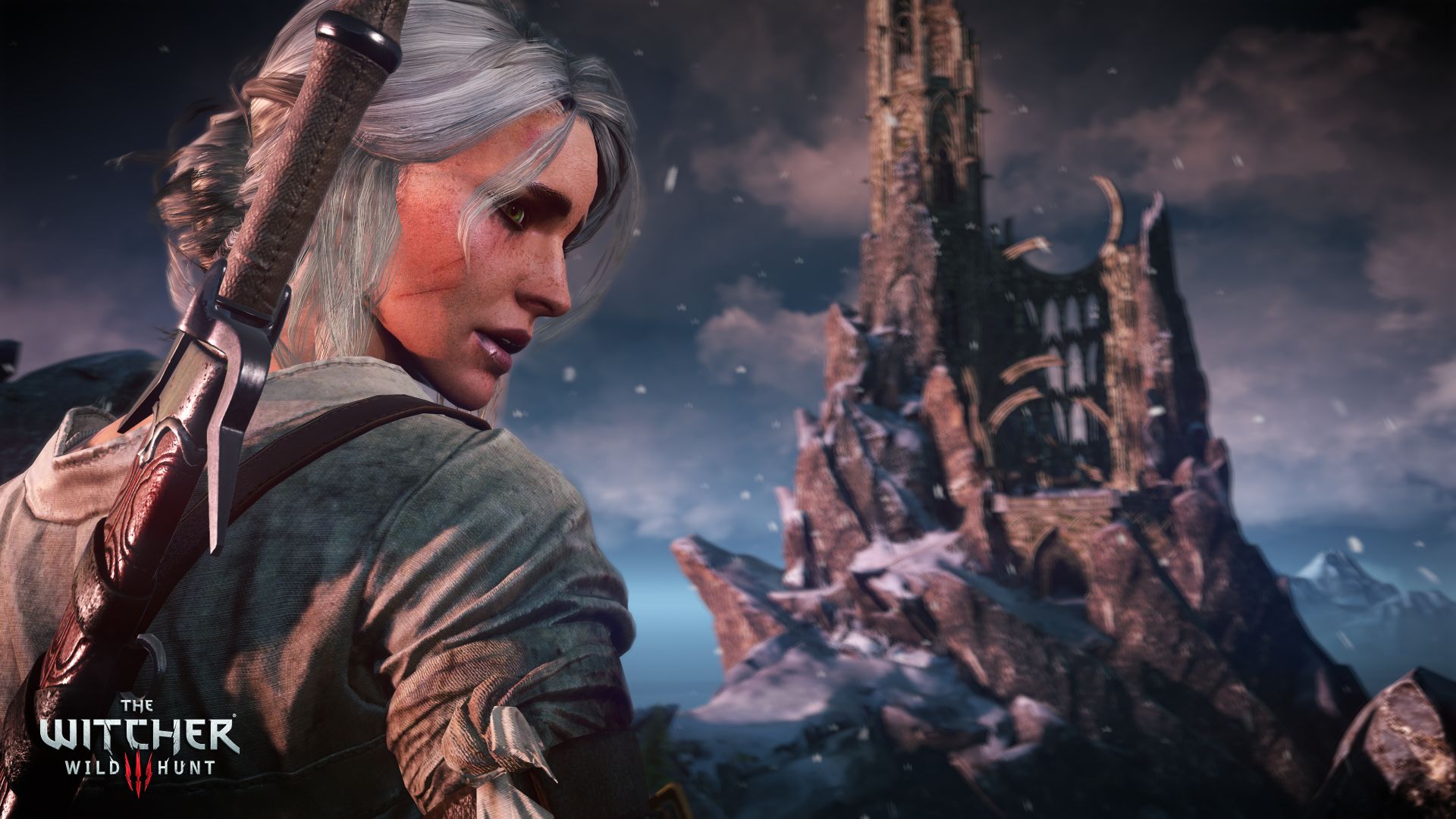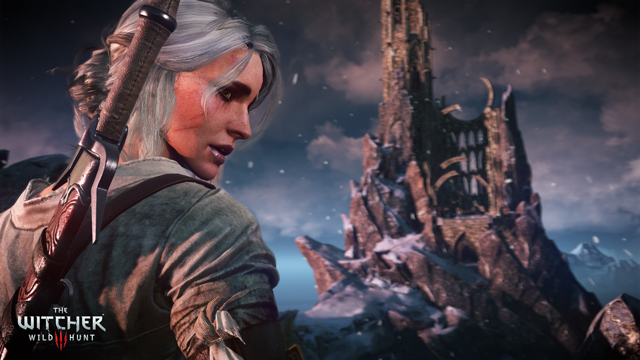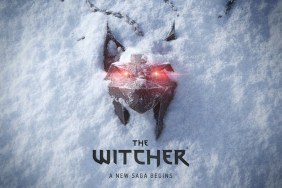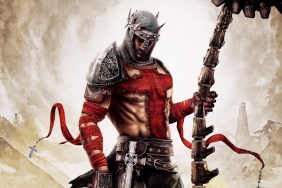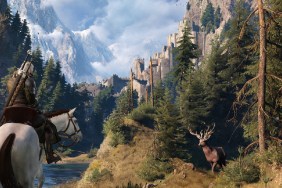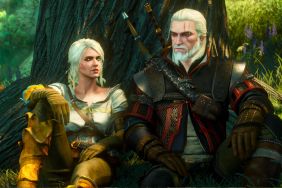Totally Bewitching.
“We are gamers ourselves,” Konrad Tomaskiewicz, Game Director for The Witcher 3: Wild Hunt, paused occasionally to search for the right word, then expounded. “We will not release a game until it is up to the level of quality that we require.”
That "level of quality" has been clearly a goal at every stage of production on The Witcher 3, from the game’s story to the quests, revamped leveling system and tuned combat from the previous games The Witcher and The Witcher 2: Assassin’s of Kings. On a recent trip to developer CD& Projekt RED’s native Poland, President Barack Obama spoke of the series of games as a tribute to the creativity and industry of the Polish people. Not without good reason, as the recent demo for the Witcher 3 prompted fellow game journalist Vince Ingenito to tweet after seeing it, “Someone explain to me how a relatively small studio like CD Projekt RED outclasses every bloated AAA studio out there.”
One thing that’s distinguished The Witcher series is how it handles player choice. Unlike other series, The Witcher doesn’t seem to worry so much about good or bad choices, since Geralt can philosophize or justify just about any decision he makes. It helps that Geralt of Rivia is a Witcher, a caste of men mutated, during adolescence, for the purpose of turning them into monster slayers, and his personal code means trying to stay as far from politics as possible. It gives the character license to say anything, since his part to play in the larger overarching political plots is often secondary, and his stories are more personal in nature. He doesn’t have concern himself about the big picture, which the gaming audience sees around him.
That picture is even larger in the latest installment. Part of what makes it seem so amazing is the way it handles distance and exploration. CD Projekt Red has made everything in the world explorable; if you see a hill, a mountain, or a fortress, you can find and explore it. It’s a sentiment that is appearing in other franchises, like Dragon Age: Inquisition, but in The Witcher 3’s case the sense of distance and naturalism of the environment have a kind of majesty and wonder; objects become less distinct and faded as they recede into the distance as in real life.
The demo shown behind closed doors begins where the trailer leaves off. Having slain a gryphon (that's the proper spelling here), Geralt goes to collect his bounty from an intelligence broker named Dijkstra in the city of Novigrad, Redania. In conversation Geralt and Dijkstra’s eyes seem strangely alive in a way that is rare for video game characters, and it’s a good chance to see how much more detailed the faces are in general from the prior game, though there is still a certain degree of the quality of an illustration to the visual style.
Gaining the information from Dijkstra, Geralt fast-travels to a swamp bordering a forested area on his quest for “the ashen haired girl with a scar.” Encountering what looks like a small child, he discovers it’s a godling who’s lost his voice, and goes to retrieve it for the creature in exchange for information. This was used to illuminate the “go anywhere” aesthetic of the game, requiring Geralt to get to the top of a cliff and fight off a group of harpies, who appeared to have captured the godling’s voice in a bottle. His voice restored, the tiny being extemporized on the joy of emptying his bowels during sunrise, playing at odds with his childlike appearance.
Pointed towards an old woman living alone in the middle of the woods who acts as a medium for three crones of the forest, Geralt is directed by the crones to wipe out an “evil presence” further in, taking a sacrificial dagger and tasked with delivering it to the leader of the local village whom he is to help wipe out the dark power further into the forest. In return they would give him information about the ashen-haired-girl.
Once into the forest, a warm but warbling voice informs Geralt to “turn back” and that it knows who sent him. Using his Witcher senses, Geralt tracks red, blood-like marks through the environment and can use these same senses to investigate corpses and other clues that will help him learn about the monsters or creatures he needs to fight.
As with prior Witcher games, this means entering his Witcher meditation and preparing himself for the upcoming combat (in this case with a werewolf guarding the “dark presence”). Geralt can take potions that enhance his abilities, but too many will increase the toxicity levels of his blood causing damaging effects. He can also prepare traps and secondary weapons specific to the monsters; in this case, a silver shrapnel bomb that will halt the werewolf’s nigh-on invincible regeneration ability.
After defeating the werewolf, Geralt enters a nearby cave and encounters a bulbous creature attached to a tree that claims it can save the village’s children if Geralt will free it. This allows for Geralt to make a decision: whether or not to free the creature or kill it. The developers choose to have Geralt kill the presence, assuring he will receive the information.
Upon returning to the village, the leader takes the sacrificial dagger and carves off one of his ears as payment for services paid to the crones; adding that in places where a group of people had no protection, they would take it from whomever and however the might get it. Geralt, in returning, passes by an orphanage he saw before that is now emptied. The crones, depicted in a tapestry as human goddesses, arrive as grotesque monstrous forms. True to their word, they tell Geralt what he wants to know, and the demo ends with a glimpse of the crones experience with an ashen-haired girl with a scar.
The encounter with the “Dark Presence” could have gone another way had Geralt decided to free the spirit attached to the tree and who loosely implied that the crones had tied it there. The Witcher series is known for its consequences; doing one thing or the other can drastically change the course of events in unexpected ways. Individual encounters or contracts result in epilogues that explain what happens long after, perhaps after the end of the game.
After the presentation there was enough time for a brief interview, and after a moment’s confusion I was ushered out into the hall, not at all aware, until the end of the interview, that I was talking to the game’s director. When I ask about Geralt’s beard, he replies glibly, “You can shave his face. It was a little thing we wanted to do, to make his beard grown as days pass. We put the beard on him on the poster to show it.”
Though built so that it’s not necessary to play the prior games or to have read any of the source material, The Witcher 3 is the most referential of any of the games so far to the original novels, bringing back elements, characters, and locations from the books by Andrzej Sapkowski: Dijkstra, Novigrad, The Ashen Haired girl with the scar—these are all buzzwords to fans of the original novels. Dijkstra, in the novels, is the name of a clever but bloated spymaster who—in the days before King Radovid—ruled Redania by proxy. The Ashen Haired girl is Ciri, the Child Surprise and one half of the Sword of Destiny to which Geralt (her adopted father) is the other half. It is by no means necessary to know these things, but when I ask about them, “This is the last Witcher game for us,” Tomaskievicz grins, “so naturally we must include Ciri and Yennifer to finish it out.”
The subtitle “The Wild Hunt” ties into this heavily and will almost certainly allow CD Projekt to tie up a few loose ends left in the novel series, with a hefty focus on character interactions. I asked about the eyes, and he responded, “yes, we are very proud of it," adding that it was the product of a technical artist and programmer who put together how the eyes move and blink during a conversation procedurally, giving every conversation a more naturalistic feel to the conversation created dynamically.
Additionally, the leveling system has been changed as well. Now players will use mutagens to change Geralt’s DNA, pulling it apart and adjusting it, changing his abilities, or undo the changes with potions so they can be reset. Similarly, the armor and swords have a crafting element. The standard set of armor seen in the trailers is like the beard, shown for consistency.
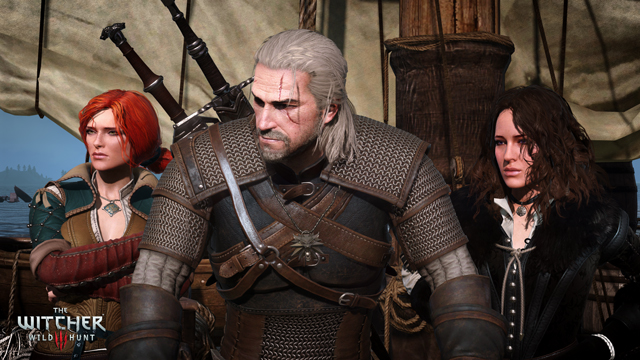
“That was just for today’s demonstration,” Tomaskiewicz says when I ask about changes in the combat, referring to the ease with which enemies were dispatched. The presentation was in “God Mode” and at one point, while fighting a group of Drowners—lower-level enemies in previous games—Geralt’s health zeroed out but he kept fighting. Geralt will need to prepare for the combat with specific foes by using the right potions, traps, and signs (spells that as a Witcher he can cast on the fly), and by using the environment to his advantage (igniting swamp gas, etc.). He can also learn information about his enemies and the environment from reading books or talking to people affected by the creatures.
All in all, The Witcher 3: Wild Hunt looks to be enhancing every aspect of the gameplay of the series one step further. Tomaskiewicz tells me that the game is running off the editor, but that Xbox One and PS4 are their targets. He then mentions that there will be additional graphic enhancements for the core PC players with hefty enough rigs who have been with the series since the beginning.
The Witcher 3: Wild Hunt topped my list of games I came out of E3 most excited about. It is scheduled for release on the Xbox One, PS4, and PC on February 24, 2015.
The Witcher 3
-
The Witcher 3 #1
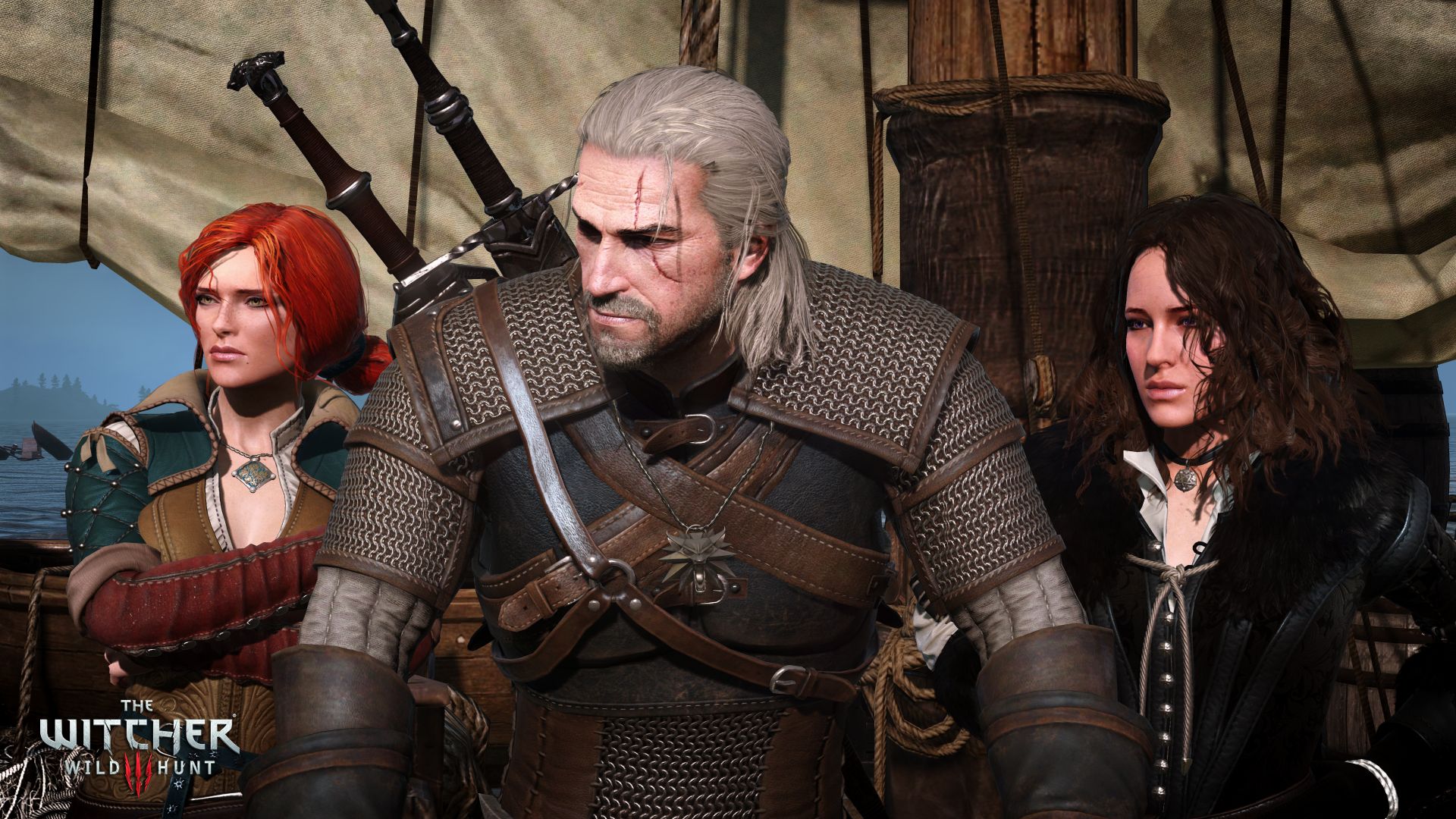
-
The Witcher 3 #2
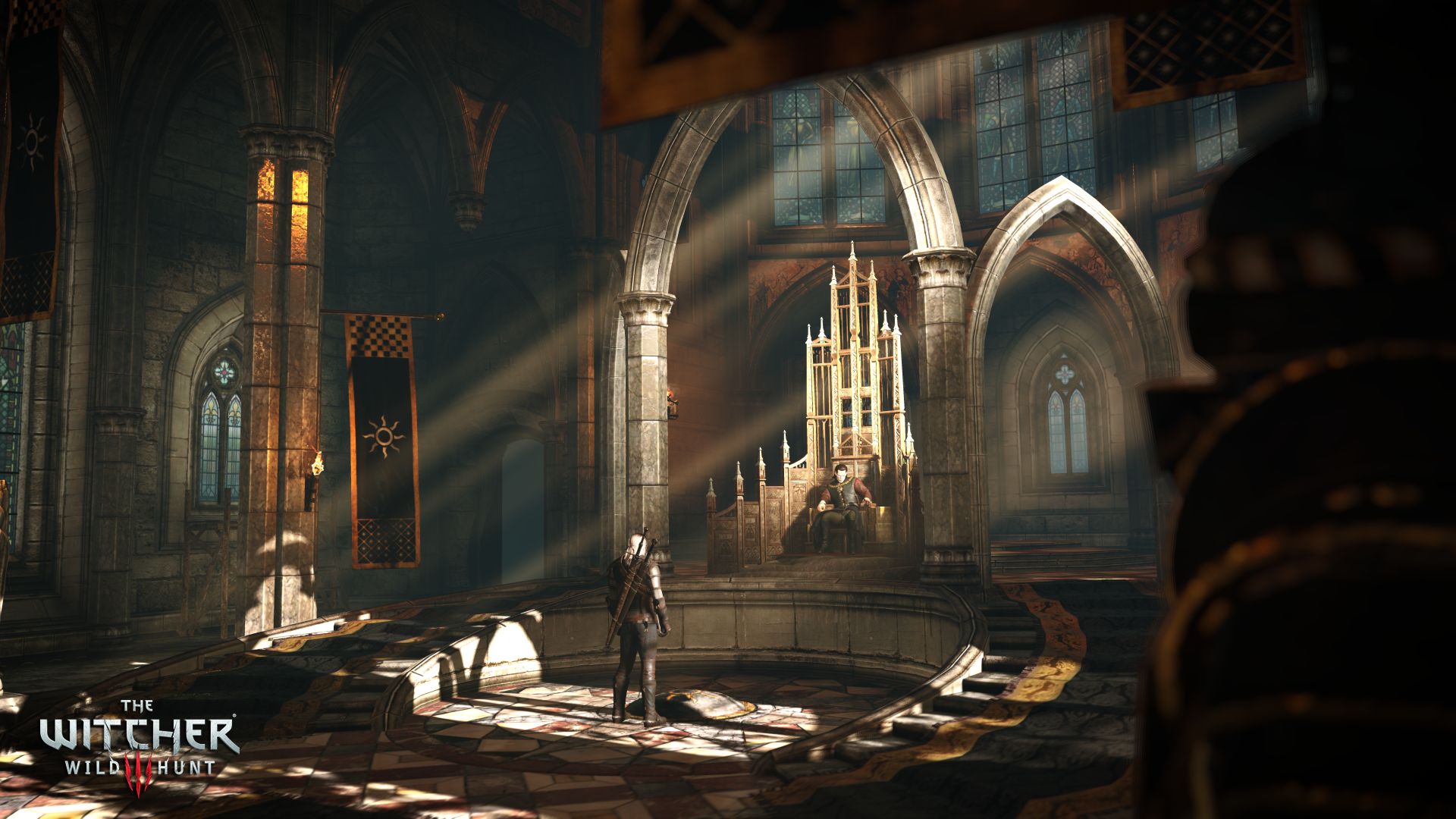
-
The Witcher 3 #3
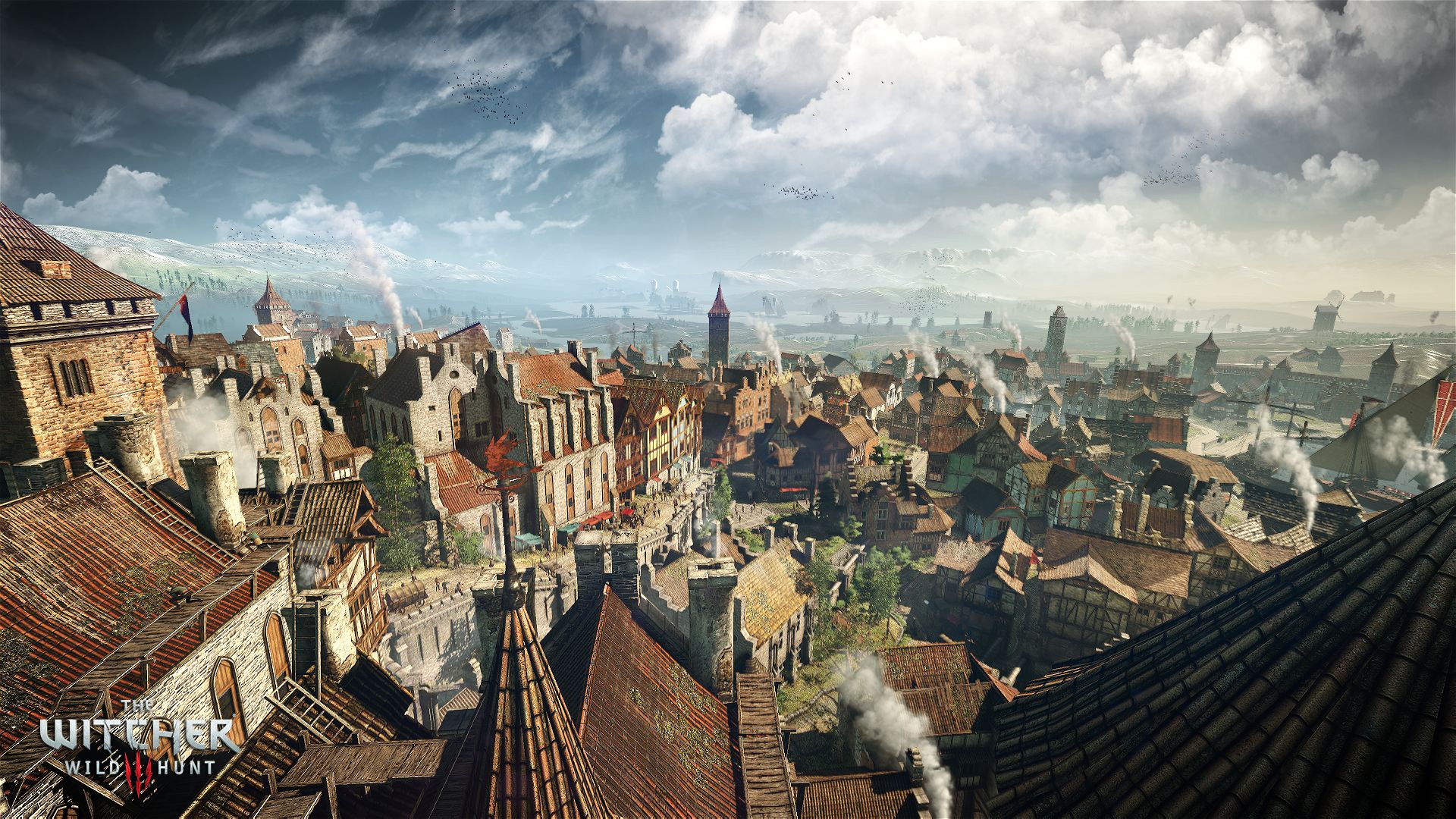
-
The Witcher 3 #4
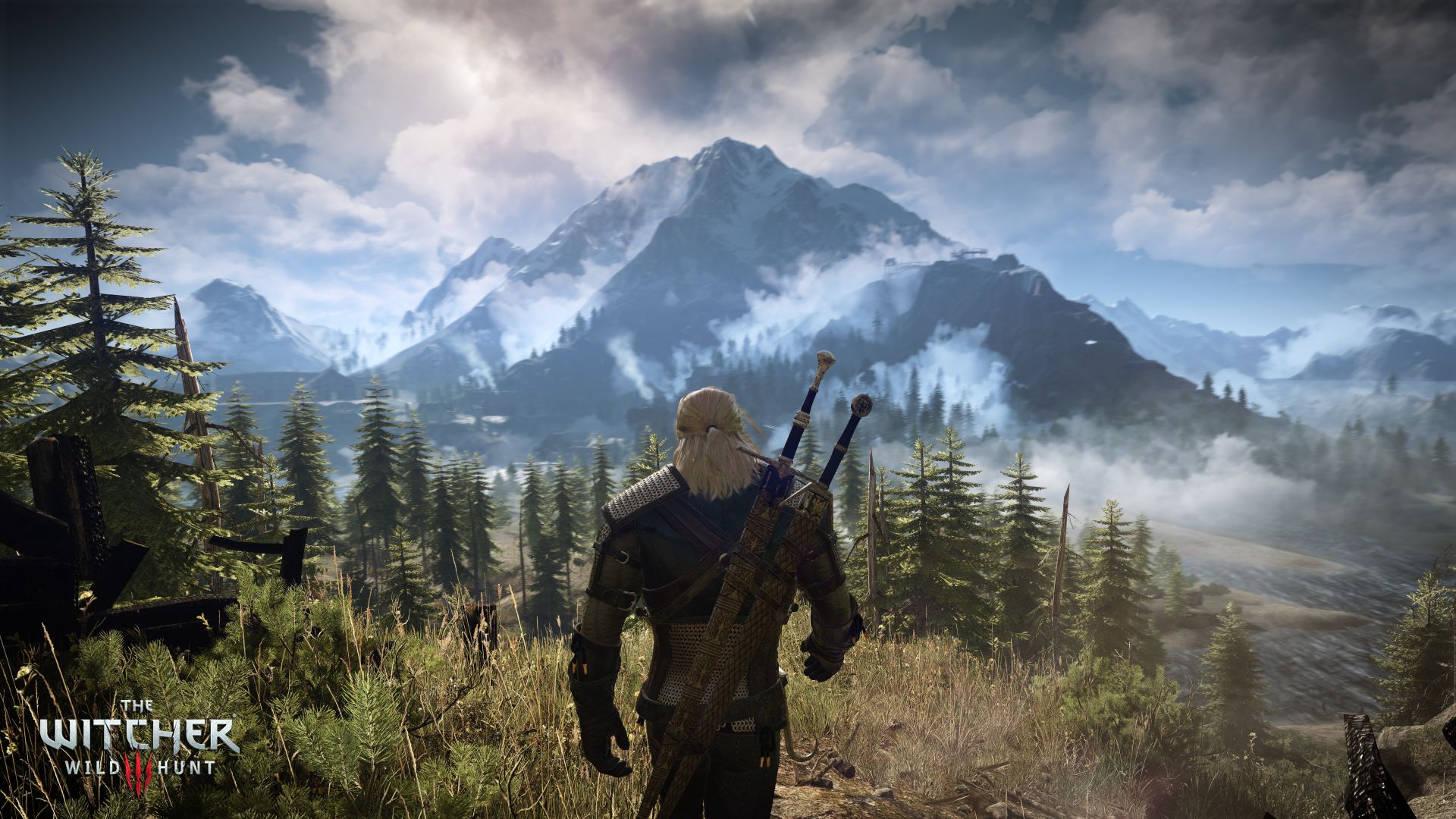
-
The Witcher 3 #5
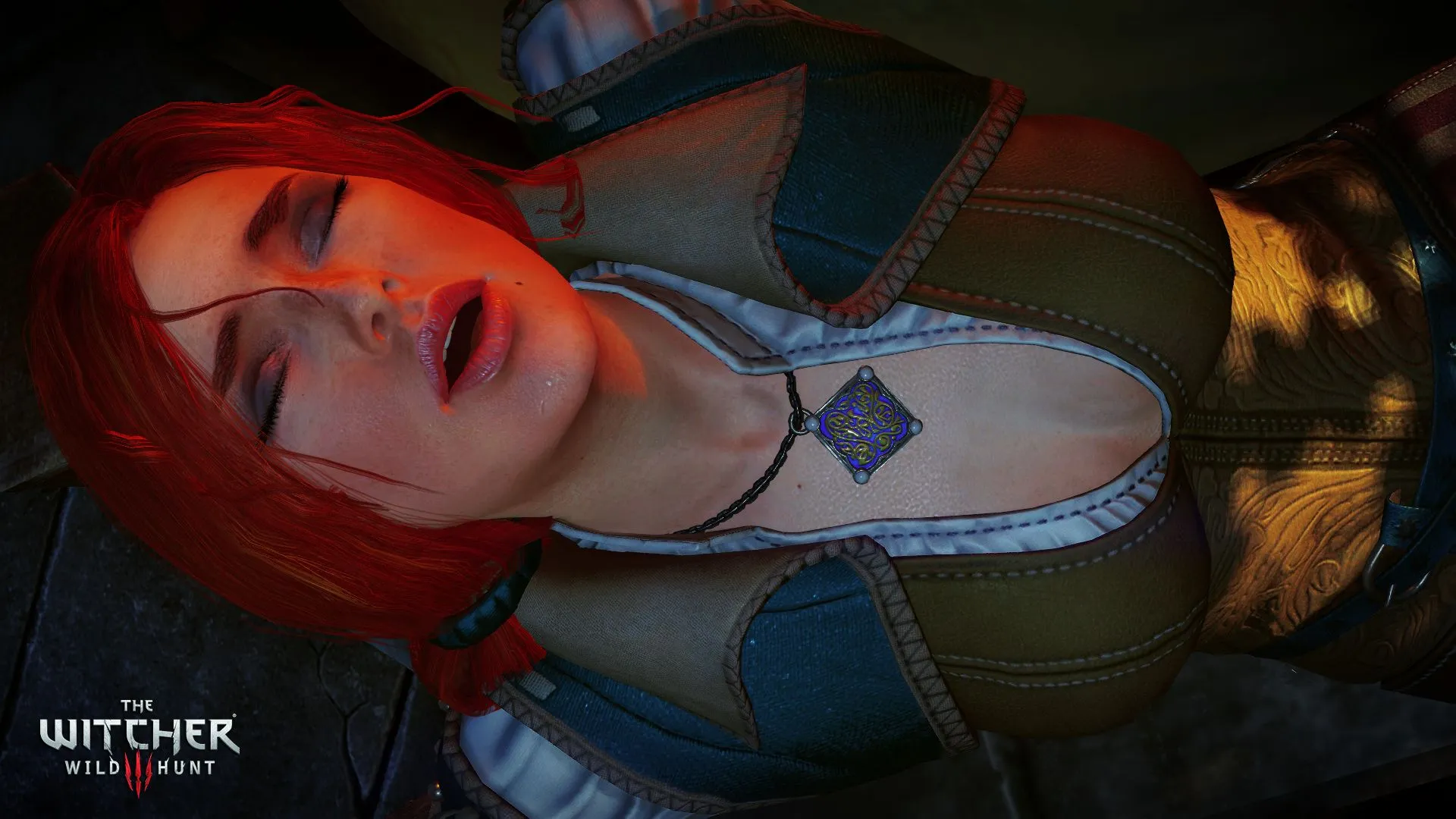
-
The Witcher 3 #6
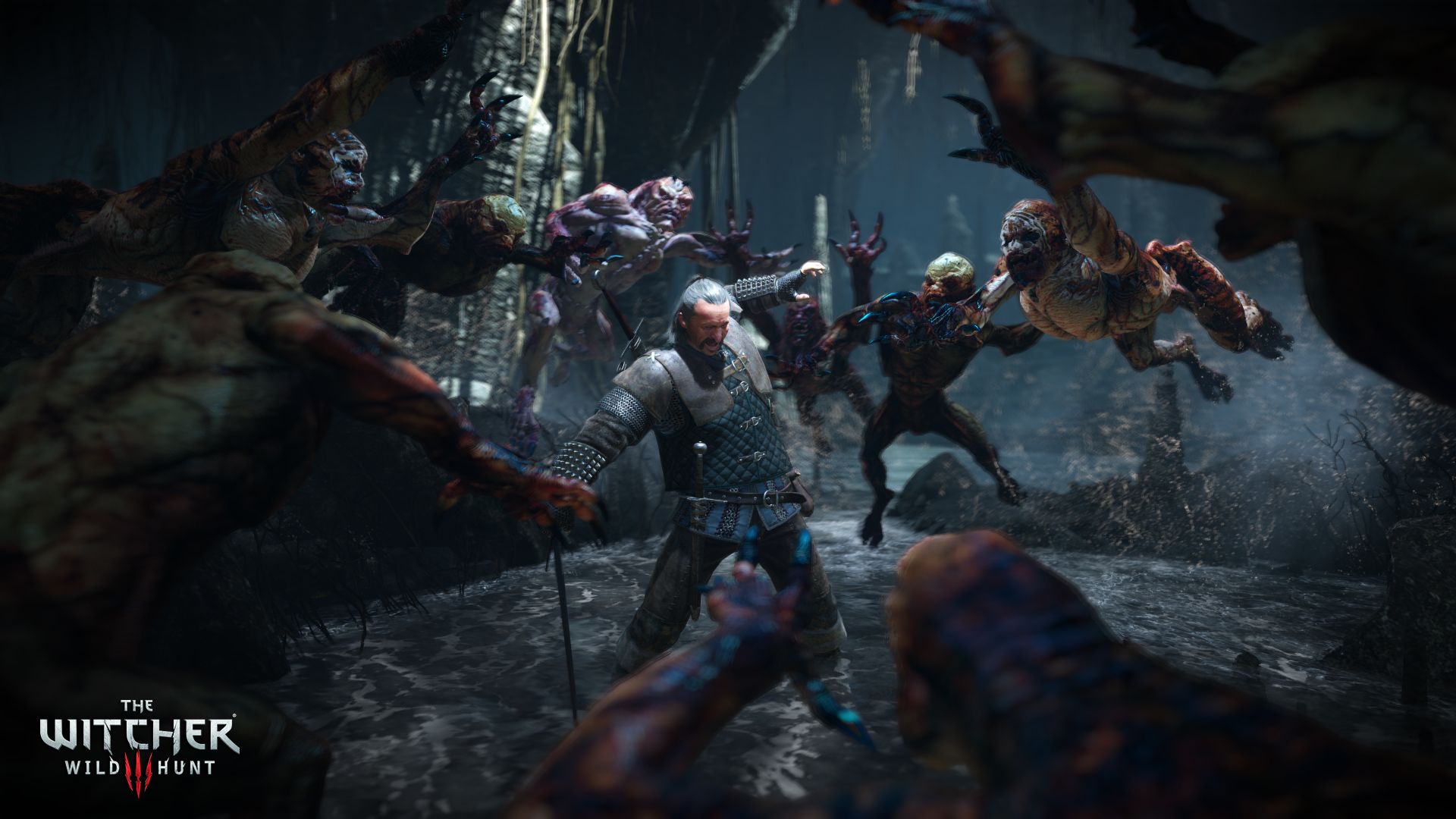
-
The Witcher 3 #7
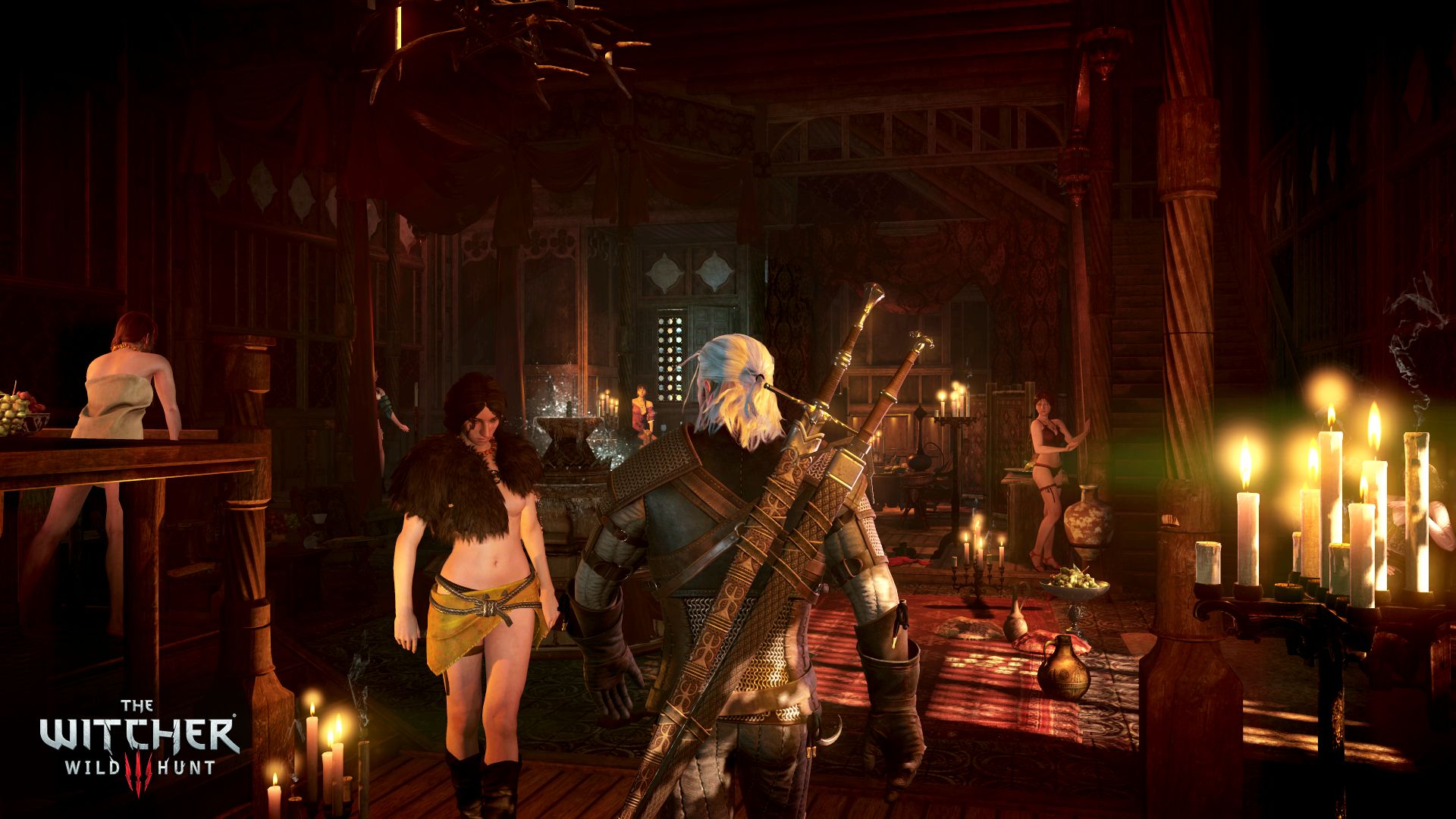
-
The Witcher 3 #8
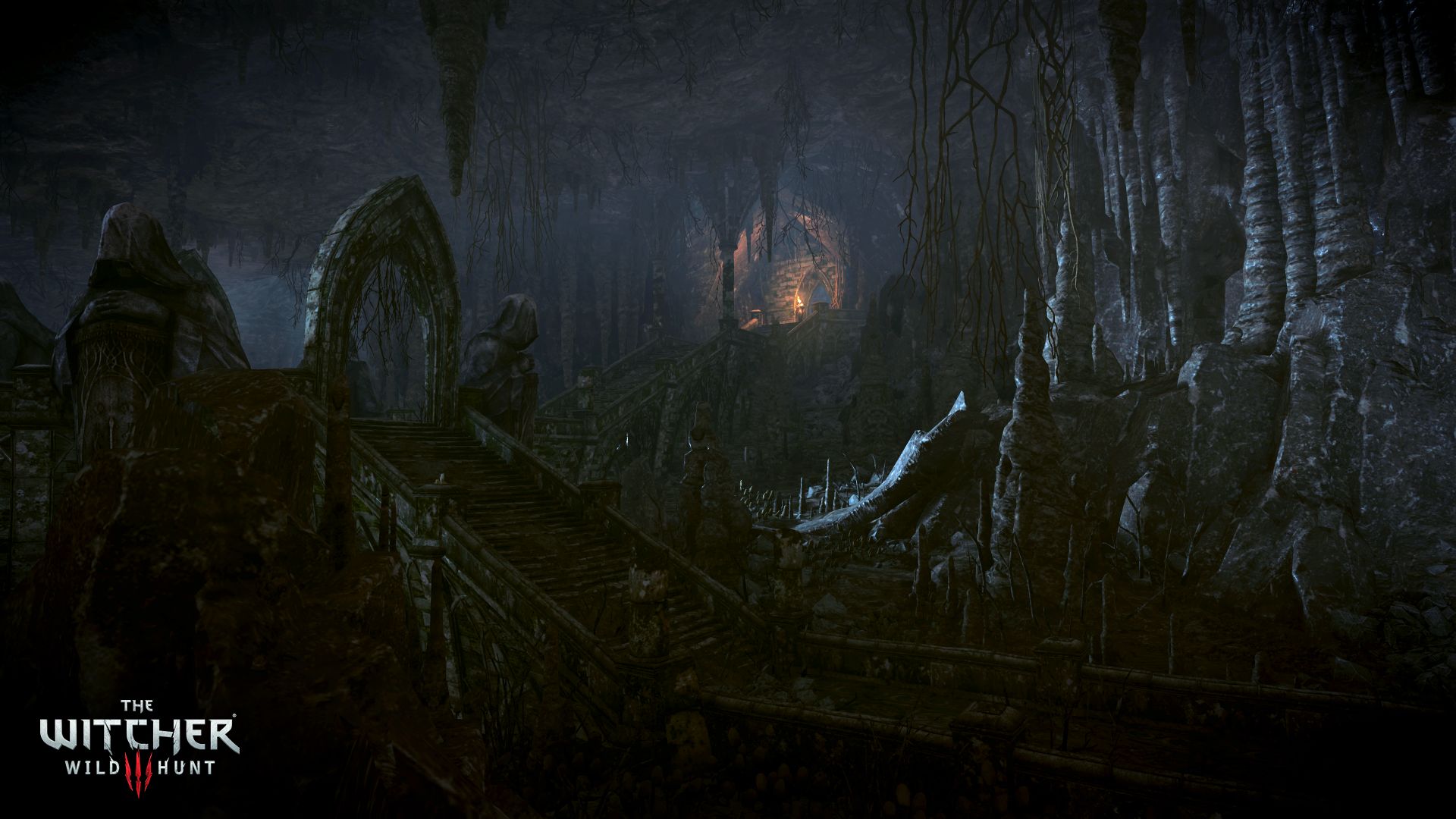
-
The Witcher 3 #9
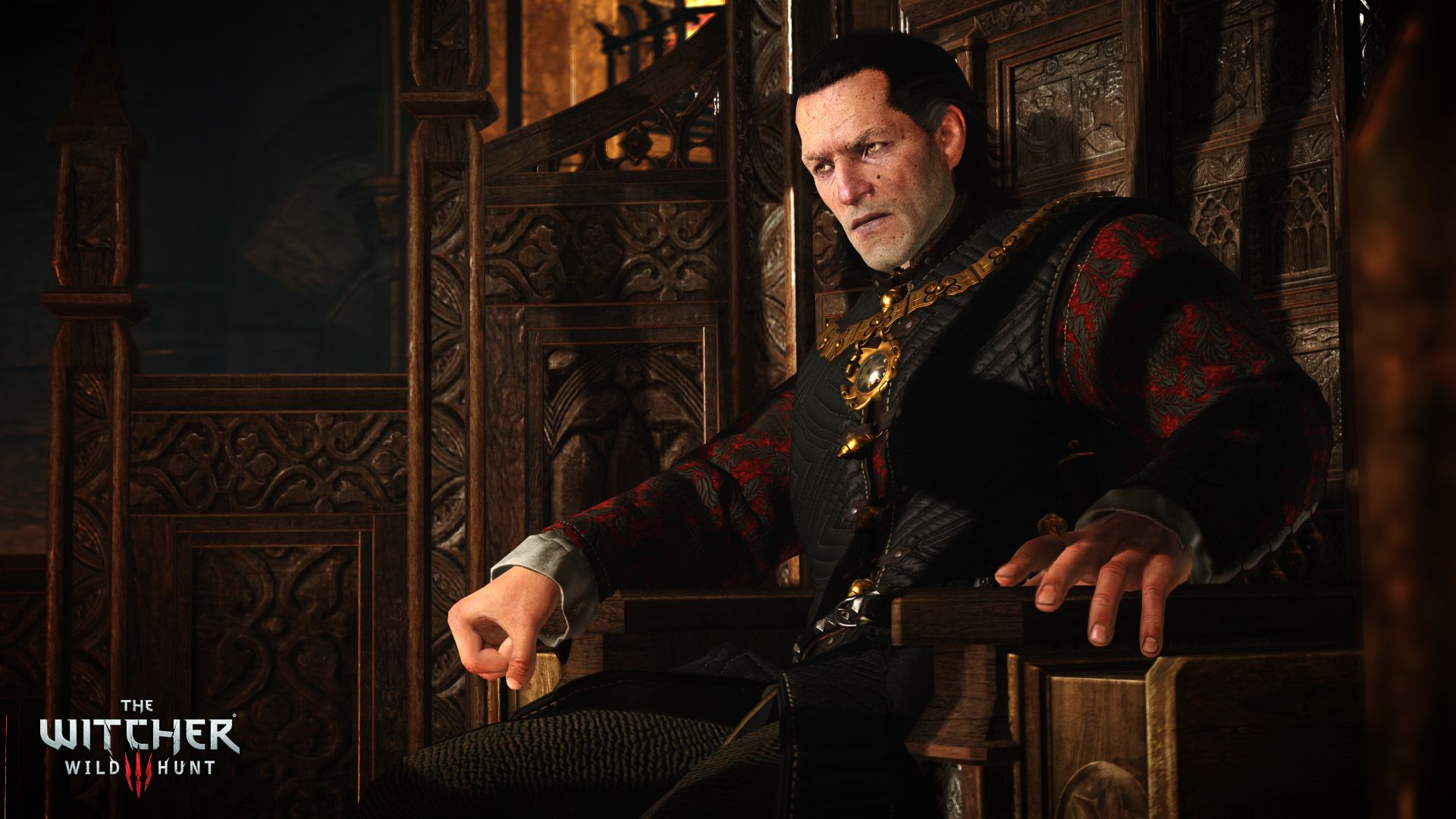
-
The Witcher 3 #10
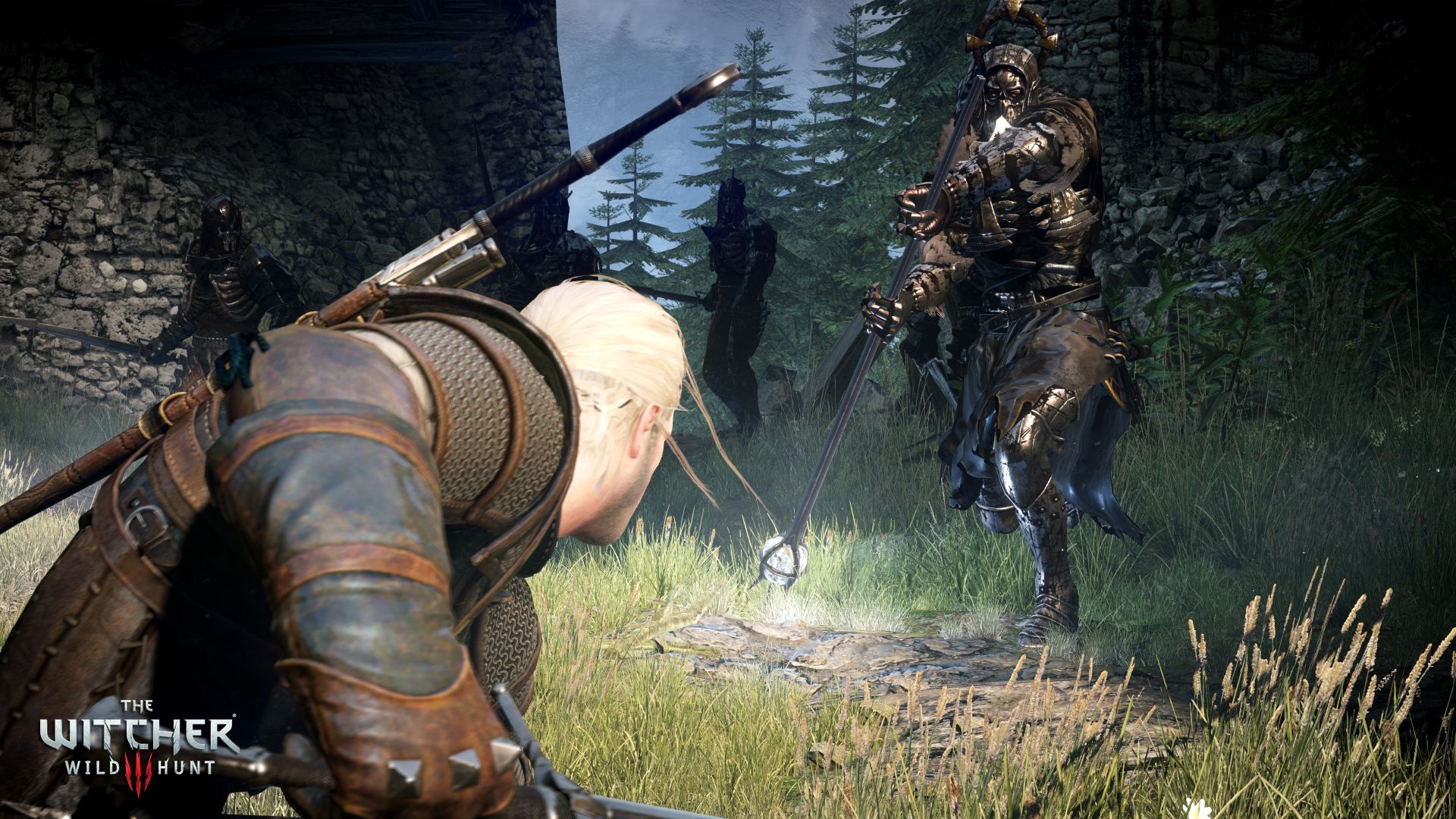
-
The Witcher 3 #11
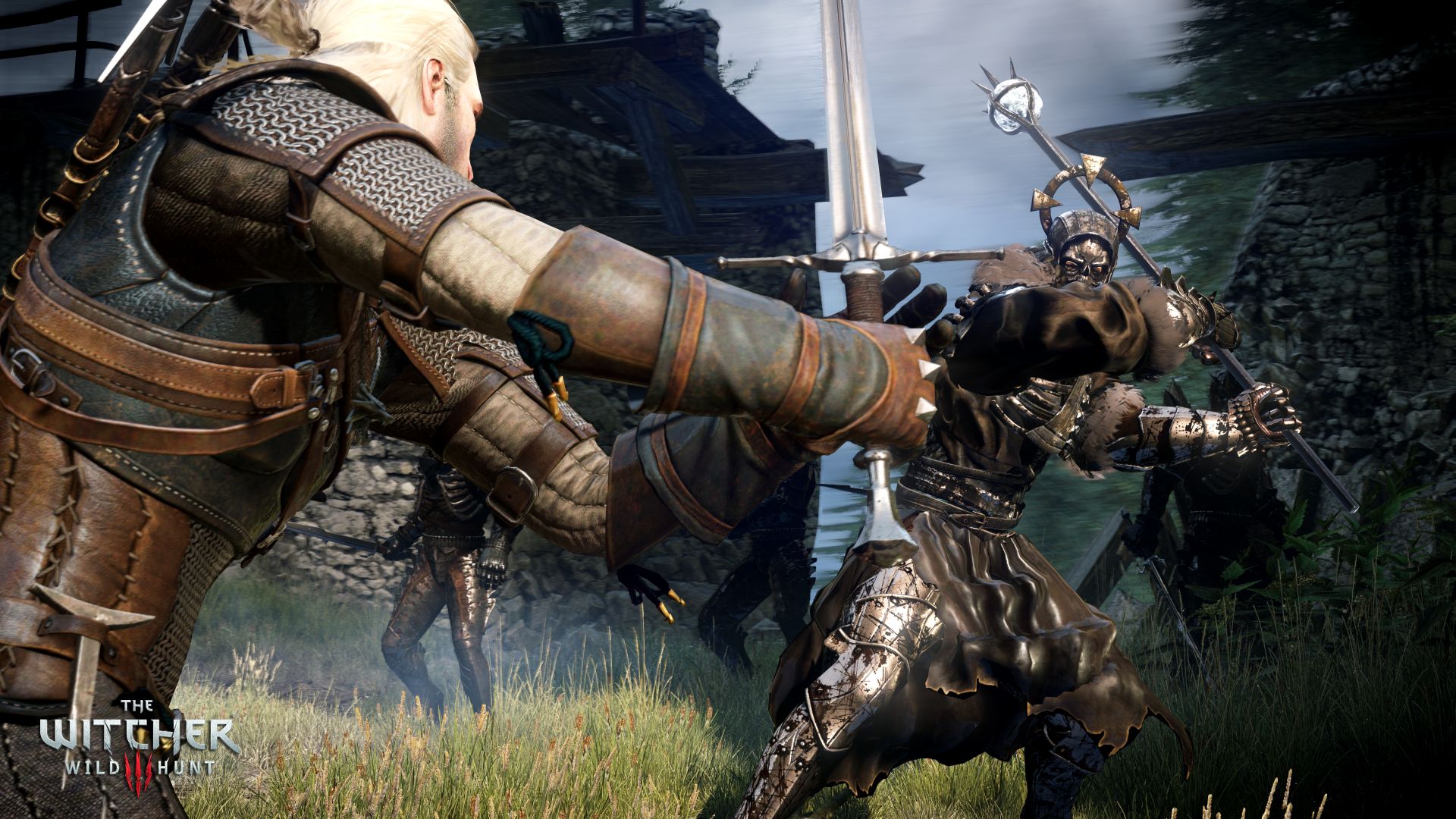
-
The Witcher 3 #12
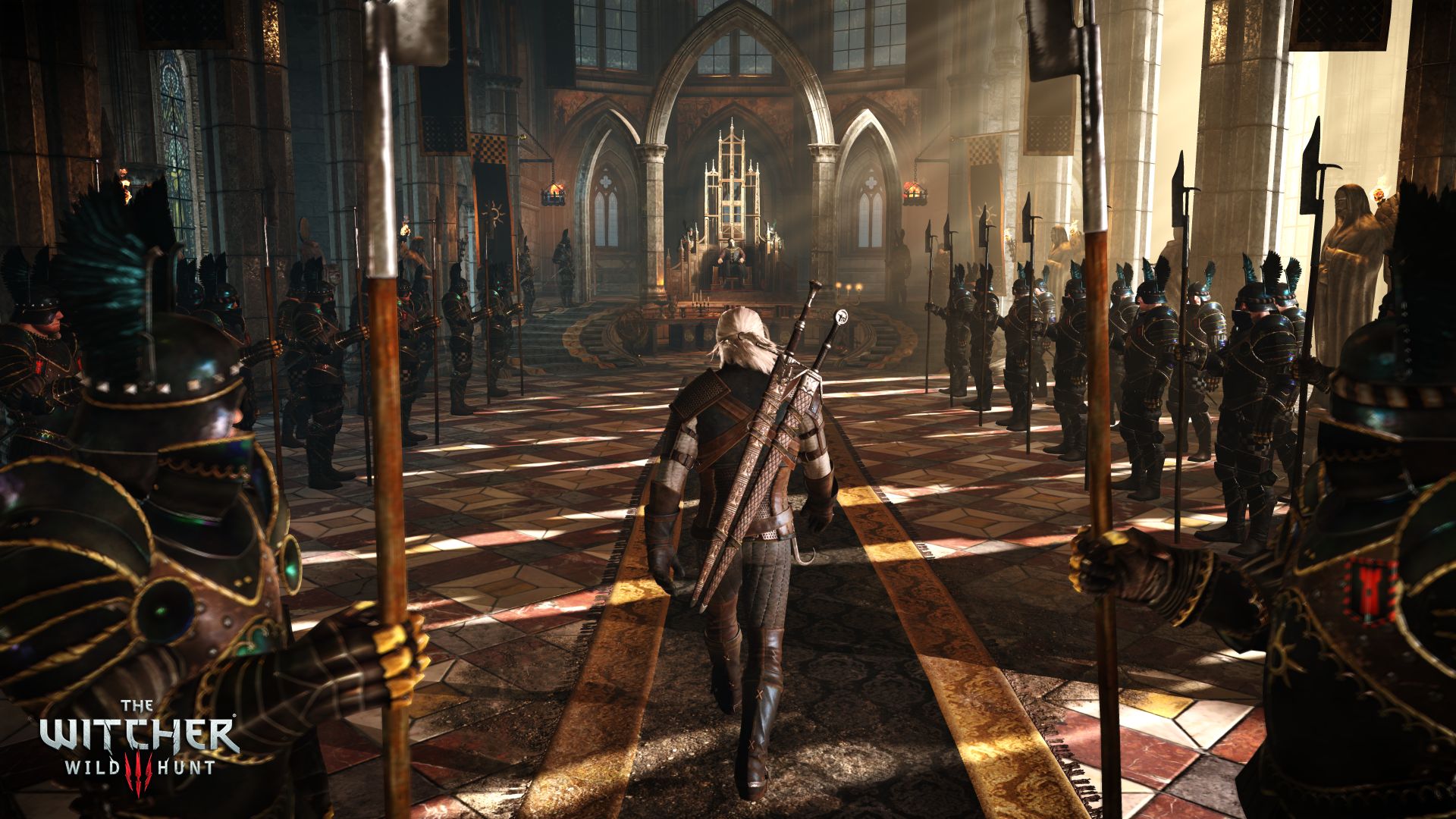
-
The Witcher 3 #13
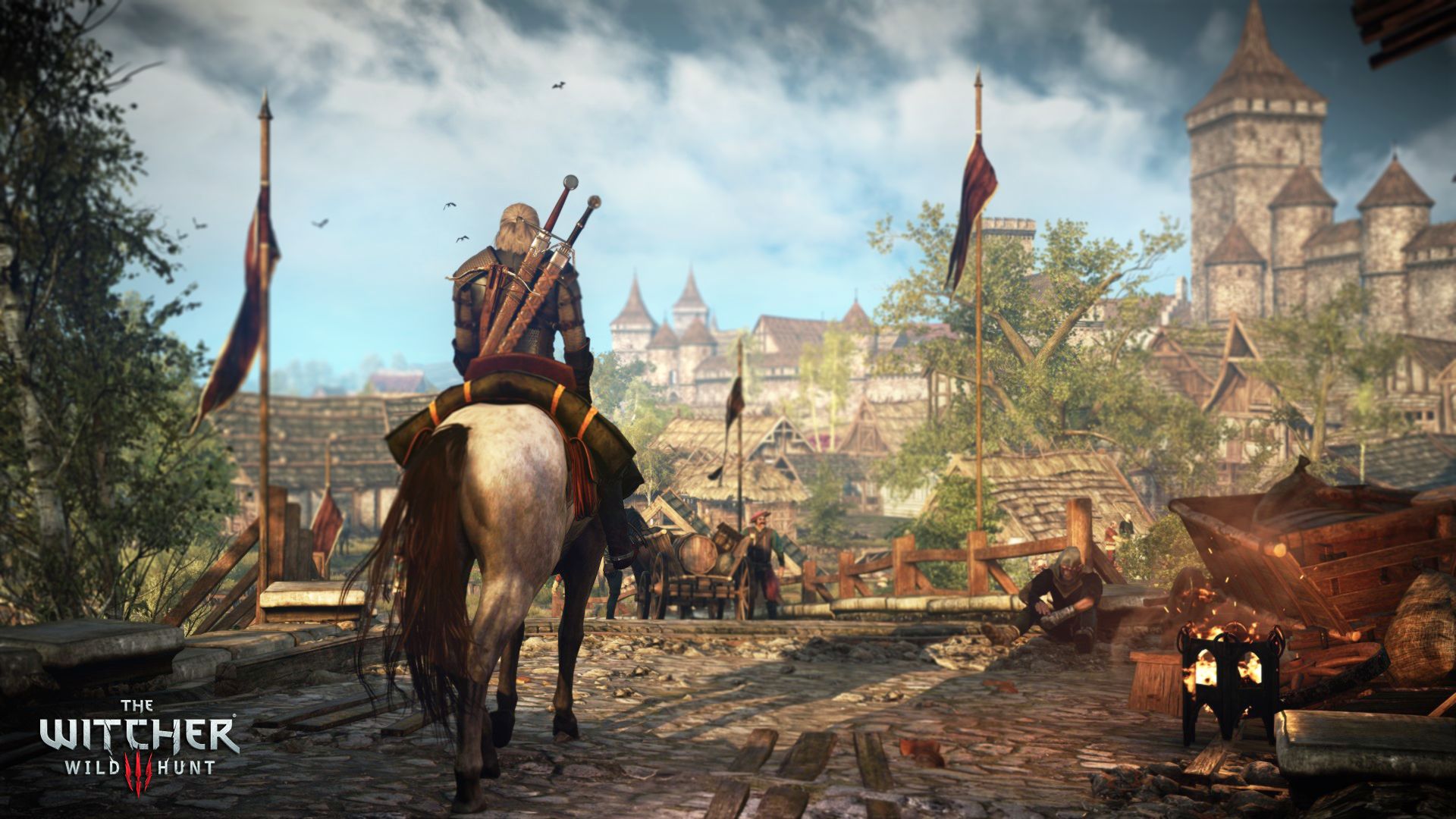
-
The Witcher 3 #14
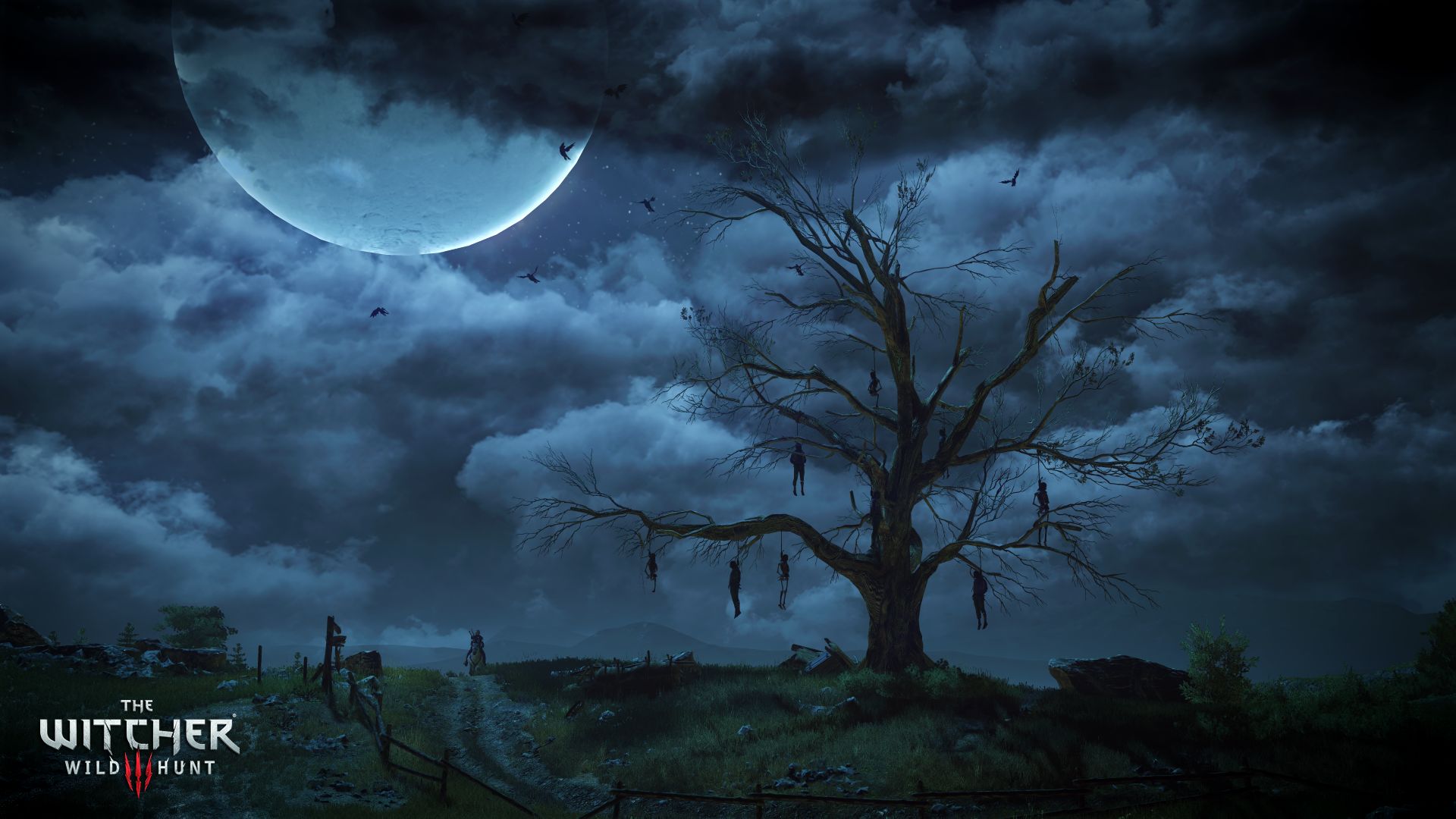
-
The Witcher 3 #15
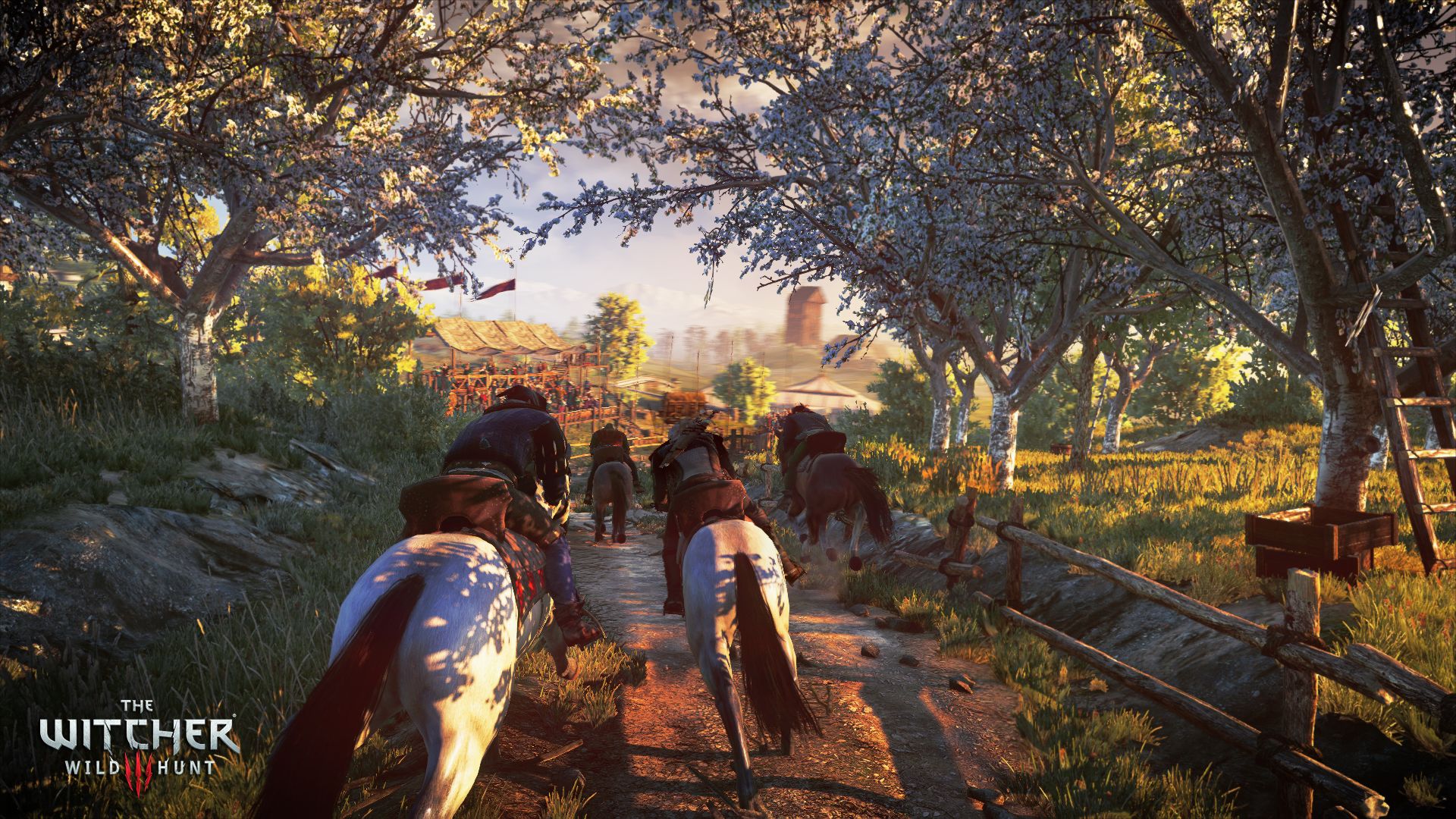
-
The Witcher 3 #16
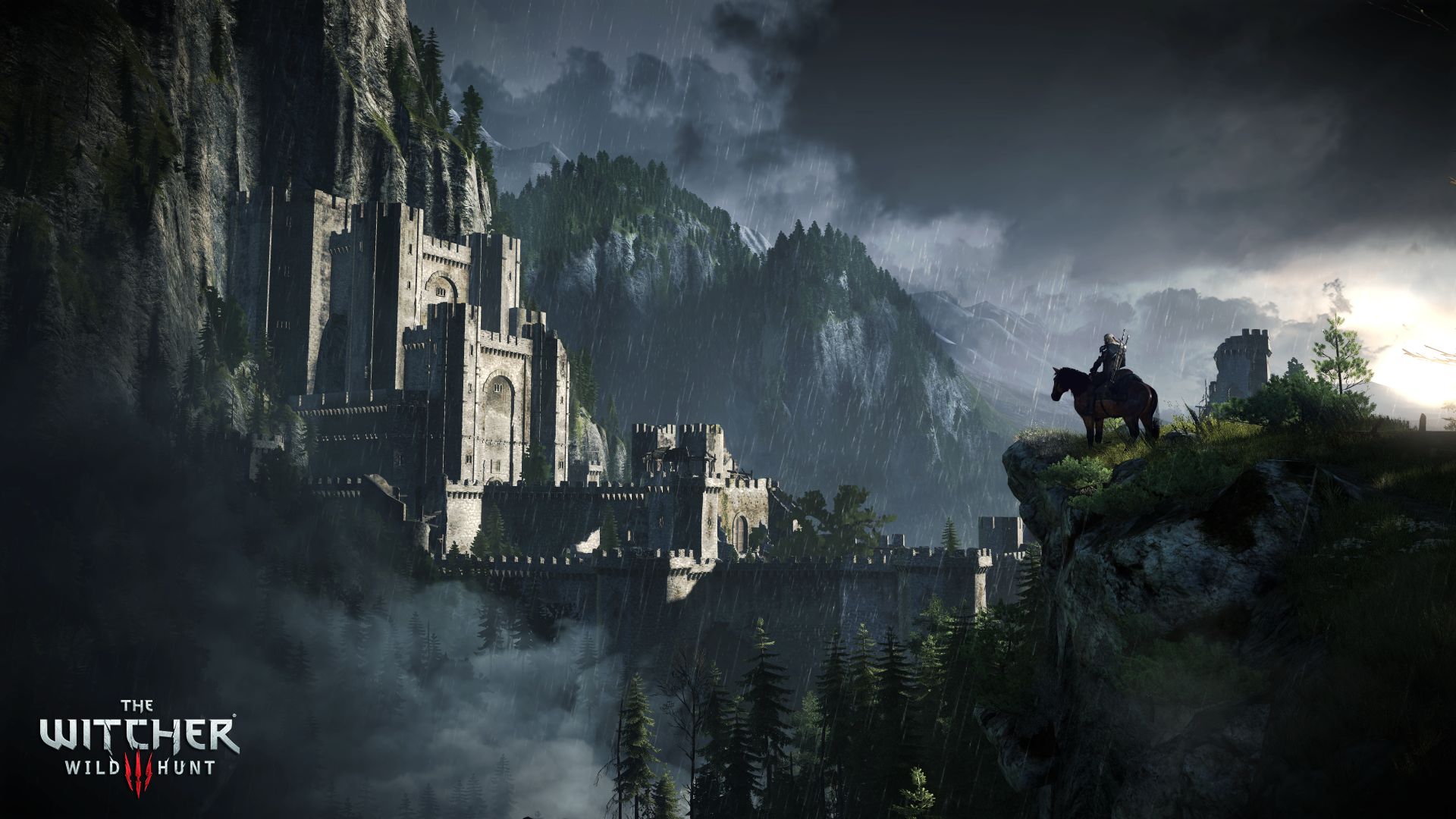
-
The Witcher 3 #17
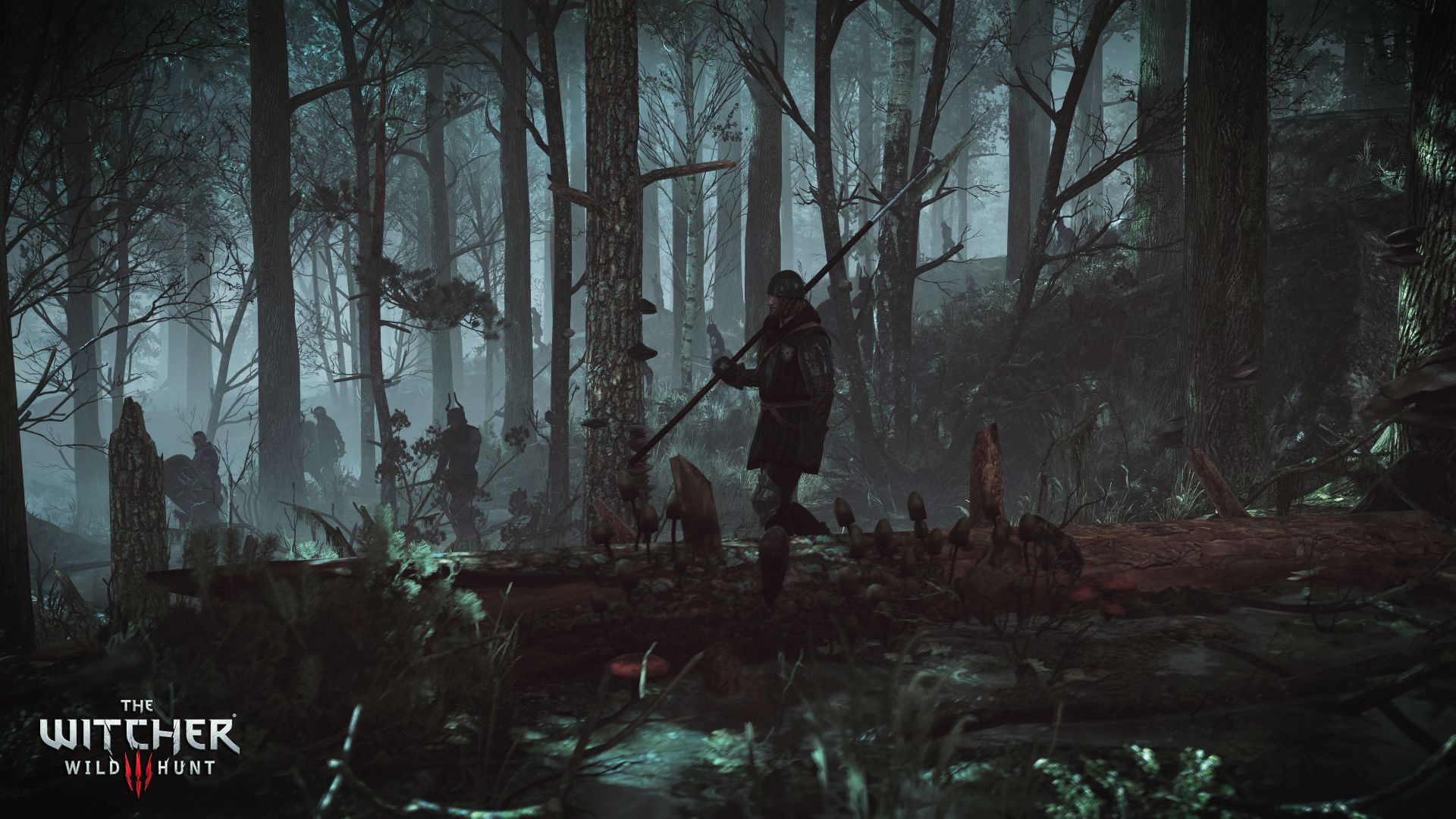
-
The Witcher 3 #18
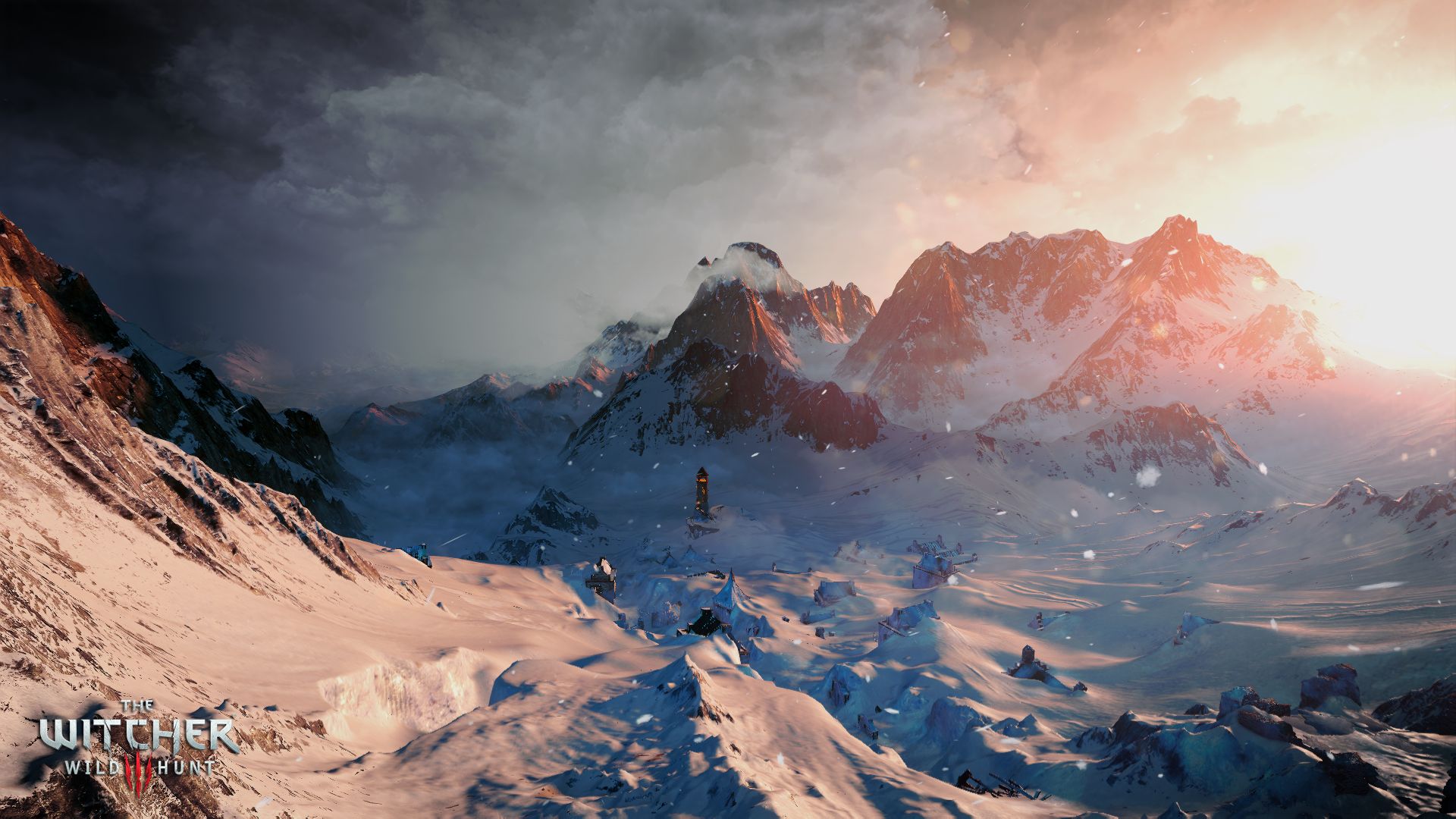
-
The Witcher 3 #19
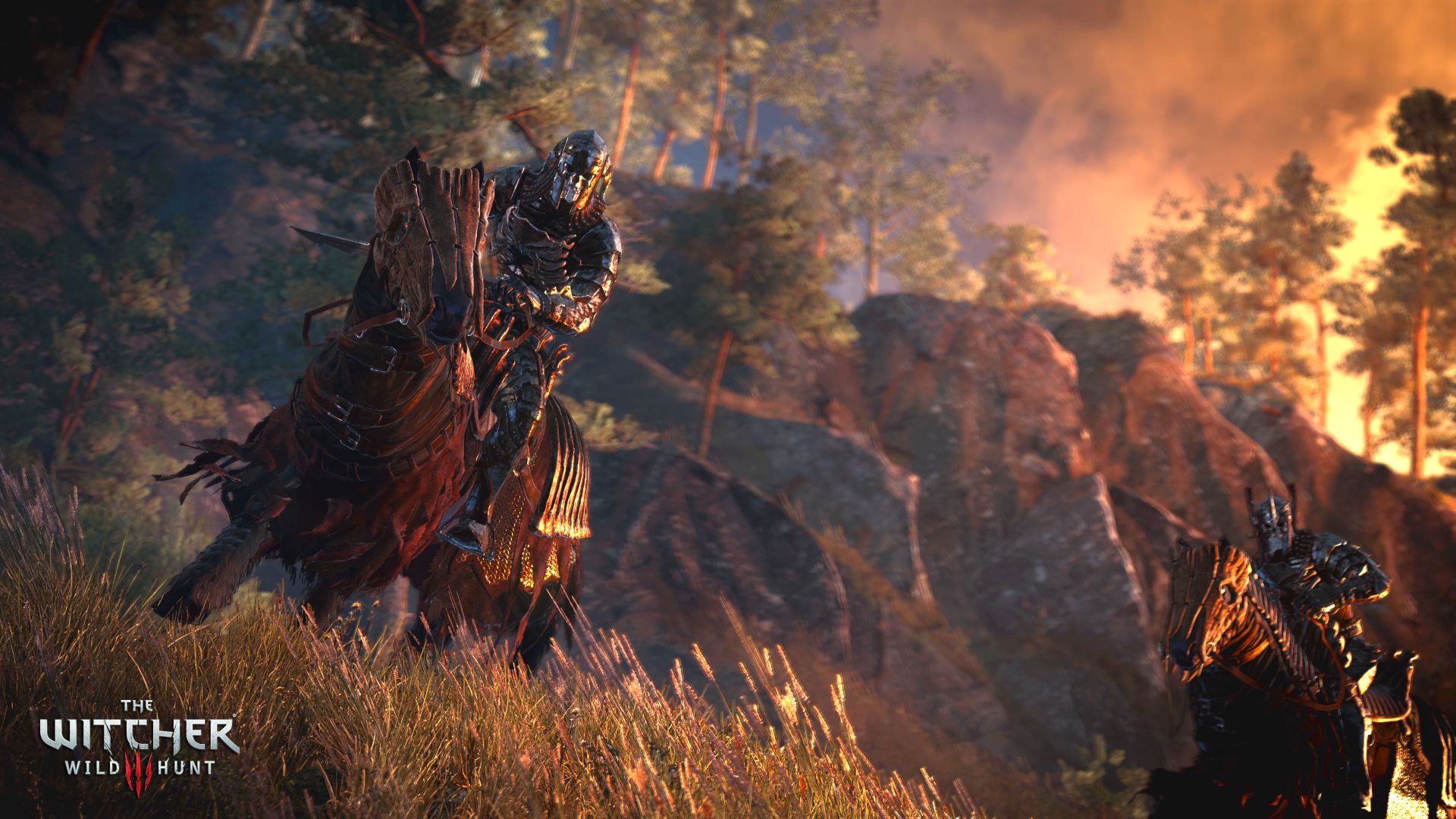
-
The Witcher 3 #20
